Introduction
Researchers blithely assert humans manually moved 20 ton, 30 ton or far greater stone blocks as if they were sacks of potatoes. Nor was the location a problem, whether a stone block was within the confined space of a corridor, raised atop two columns or moved on open terrain. Attributing this capability to the Ancient Egyptians is nonsense. Comparing what plasma does naturally with evidence in Egypt, the conclusion is plasma was the basis of a prior civilization's technology. This article will present evidence how the Antecedent Egyptians (AnE) used plasma technology in quarrying and construction.
An example of the requirements needed to move a massive stone provides a useful reference. The pedestal mounting Peter the Great statue, fig.1, weighed 1500 tons1 at the start of its journey from Lakhta to St. Petersburg (Wikipedia). Three hundred tons were carved off during its progress. The overland part of the journey was 6-8km. The move required: 9 months, frozen ground, a specially built ball bearing track, 400 men, two full size battleships, a specially built barge, and the unlimited wealth of Catherine the Great. That was the price gravity charged to move 12-1500 tons.

Figure 1
Edward Leedskalnin, by building his Coral Castle, showed that gravity can be manipulated using basic knowledge of physics readily acquired by any individual2. The Antecedents Egyptians had earlier demonstrated the same accomplishment by the quarrying, transporting and shaping massive stone blocks. They used the properties of plasma on an industrial scale during their construction.
Isida project was very helpful in providing key photographic evidence for this article, and the writer wishes to express his thanks.
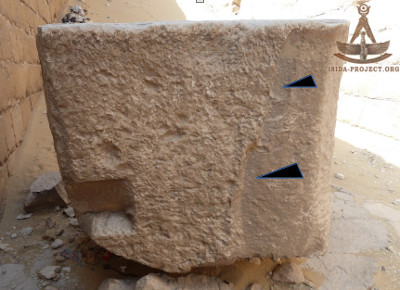

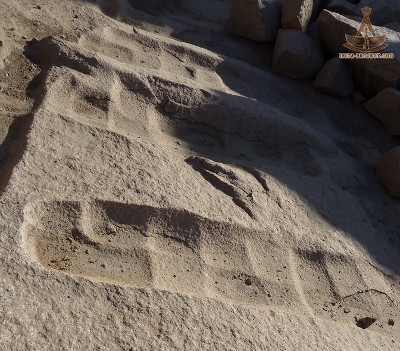
Figure 2: Pictures of impressions left by different types of rock abraders.
The block above was found in King Unas's boatpit. The two paths were cut in the stone (arrows) by what appears to have been a type of router. An arch terminating the path (lower triangle) can be seen in the detail image. Chris Dunn asserted boatpits were used to mount large saws for shaping blocks. Therefore, it could be expected other types of equipment were also used for making minor adjustments at such locations because electrical power's availability. In the lower image of fig.2, are the impressions left by an abrader similar to that covered in Antecedent Egyptian Civilization: Part 2. Plasma was used to 'soften' stone so excess material could easily be removed.
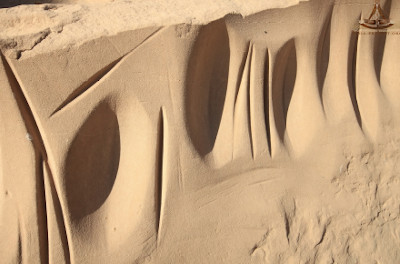
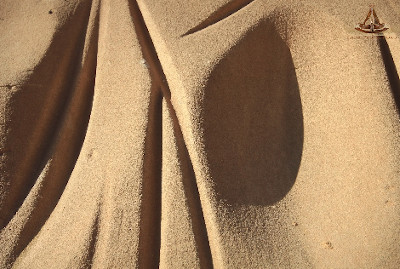
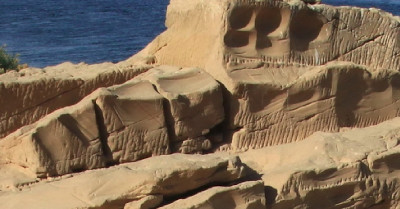
Figure 3: In many pictures from Sisila, these patterns can be seen. They show the beam could be sharp or defused. The rock looks as if it evaporated. As with Sardinia's landscape, there is no scientific explanation for what is seen here.
One of the quarries used by the AnE was at Sisila near Aswan. It could be characterized as a demonstration of AnE plasma quarrying technology. The unusual patterns seen in fig.3 were made by a plasma 'projector'. The broad oval and round depressions can be seen on Sardinia and elsewhere in Egypt as the natural product of a Peratt environment. The randomness indicates the device was handheld. Its focus could be modified from narrow to broad. An initial smooth finish had been applied to the terrace face before it was used for engraving possible test patterns. As with Sardinia's AEC (abrupt elevation change), edges are sharply defined where the beam's focus was narrow. The rock looks as if it had evaporated. These images sustain the assertion plasma was harnessed by the AnE.

Figure 4
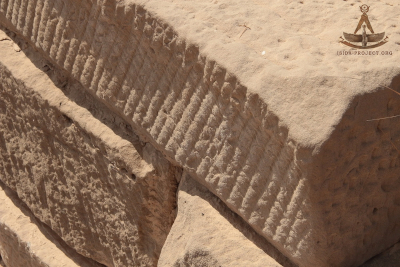
Figure 5

Figure 6
The images above have no scientific explanation, but in fact show how plasma was used to extract blocks from quarries. A plasma projector could send a narrow beam into the rock making a small hole. In the very lower left corner of fig.3, a line of small holes can be seen. Around the periphery of this hole, plasma left the rock softened. Depth of the beam's penetration was also controlled. Perforations were made to a fixed depth. After outlining a block with series of holes, fig.4, it was somehow broken free. How this was done is not clear from the images. At El Kab site, fig.5, can be seen unfinished blocks still baring the quarry extraction pattern. In fig.6, plasma was used to cut channels. At their junctions (arrows), there is no over-cut that would have occurred had a circular saw been used. Cutting this type of channel with plasma was more expensive in energy than the row of perforations seen in fig.4. Energy demand for AnE quarrying would justify Chris Dunn's assertion that the Great Pyramid was a power plant. For AnE energy was sine qua non.
Electric motors encumber the workspace, so a hole can not be drilled directly against a vertical surface. AnE appear to have been able to this. Sets of channels on the quarry face slant in different directions. In fig.4 where the four squares were are cut, the angle is different from the one above. The regularity of the slant and distance between channels is evidence a machine controlled process.
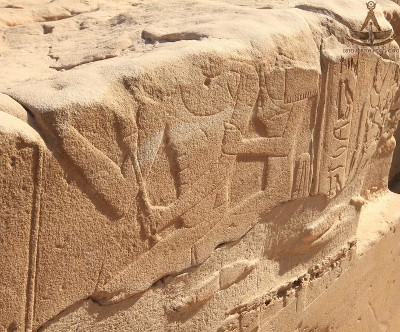
Figure 7
The image above from Sisila is particularly important. Recall the dyad of Menkaure and Wife in Advanced Egyptian Civilization: Part 1, fig.7b, showed the female holding the male subject's arm. In the image above the female is doing the same. This is not an artistic style of AE. Furthermore, an abrader was driven through the lower part of the figures and hieroglyphs! The path dates the Egyptian writing to time of the AnE, making it the oldest written language. Since dating anything in Egypt can only be done by using a reference like pottery or cartouche, the path left by the abrader is the only means to fix the image's time period. The unsteady nature of the path implied the tool was handheld. The presence of this art at a quarry raises another question. Why was it at Sisila? It looks to have been part of a prefabricated design before apparently being discarded. Work dependent on energy would have clustered around its sources, so finding reliefs prefabricated at quarries is not unreasonable.
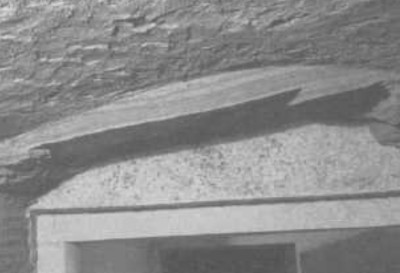
Figure 8
In a paper purportedly to be a study of Egyptian architecture, the above image was used. Many of the underground passages of tombs were lined with white limestone as in fig.8. The cut in the rock above the architrave was completely ignored by the researcher. In this case, in order to get the architrave fit additional rock had to be removed. A saw of some type was used to make an adjustment after the rock was 'softened'. The cut was not the product of hammer and chisel which was all AE had for such modifications. This was a case of ignoring evidence that does not fit the narrative for narrative control.
In a confined space, the notion of lining a passage, floor, wall and ceiling, with slabs weighing many hundreds of pounds under normal gravity is absurd. Levitation made such construction possible. The complex cut above the architrave seen in fig.8 could not have been done without the 'softening' attribute. Levitating effect of plasma made possible the installation and operation of 10-20+ ton trapdoors that moved either up or sideways. One excellent resource is the work of Keith Hamilton who has done yeoman service for Egyptian history by compiling much of the written research on significant structures and making isometric drawings of same. His work highlights the striking complexity in the architectural design of the tombs. They were designed by a highly skilled group and for what purpose?3 Like Sardinia's Domus de Janas, they were converted to tombs after their original purpose was lost.

Figure 9
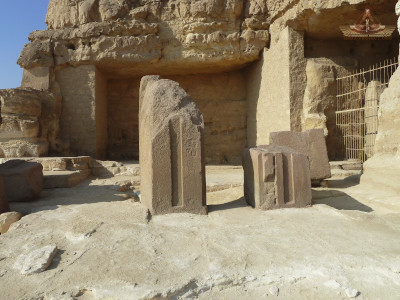
Figure 10
Like Sardinia, Egypt's monuments exhibited effects from the ZPA's passage. Columns in fig.9 were all clipped at the same height. Fig.10 is a detail of plasma erosion damage on a column. Science has no explanation for this destruction, so it is ignored. Roofing blocks, if they survived, came down. This is typical rock alteration found in Egypt. It is always attributed to wind erosion, but most of these sites were buried in sand for thousands of years precluding this notion. Wind erosion is a legacy notion unsupported by evidence. Much of the stone structures in Egypt have suffered from plasma erosion. Some examples were included below.

Figure 11
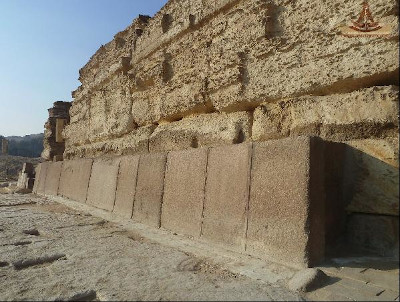
Figure 12
Damage from Peratt environments is pervasive in Egypt. In fig.11 four columns were severely damaged by plasma. Limestone in particular seemed vulnerable. This was apparent in fig.12 where the massive blocks of limestone exhibit considerable damage, but the granite casing blocks below did not show any. However, this lack of damage might be attributed to the plasma not reaching the granite casing like the columns in fig.6 clipped at the same height. Recumbent figure in fig.13 displays plasma erosion. Damage on this statue explained why Menkaure and Wife and others were found buried. Unlike the figure here, the dyad was small enough, 56"H, to bury. How much warning the AnE had before the onset of the Peratt environment was of course unknown. As can be seen from the images, this environment was not limited to Peratt and Sipsey events.

Figure 13
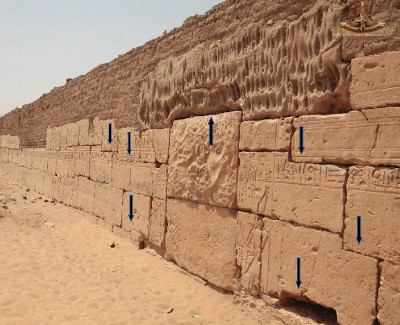
Figure 14
The wall section in fig.14 was partially destroyed, and later a mud brick repair was added. It has seven offsets indicated by arrows. Given the number, offsets could not have presented any challenge during construction. Greeks and Romans never used them. This wall may well have been prefabricated. Prefabrication would solve two problems, power and costs. Work sites might not have the electricity which quarries had. Offsets could be crafted at the quarry before blocks were moved to a site. Besides increasing the rapidity of building and reducing costs, prefabrication also implied a much more sophisticated organization and technology than is normally imagined. The two central megalithic blocks, especially the top one, were scared by plasma. The scaring has no scientific explanation. Another feature is the mud brick extension at the top. That was probably added by the AE. This assertion could be verified by dating chopped straw from a brick, but since C14 testing is not done in Egypt, dating remains obscure. Researchers have been contented to maintain the ambiguity of Egypt.
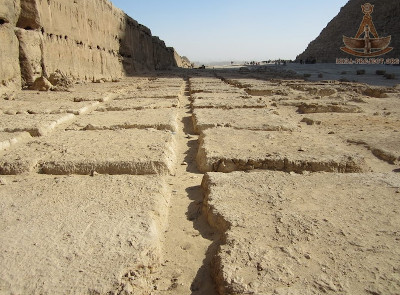

Figure 15: Plasma's use on an industrial scale to level the bedrock at Giza.
Extensive leveling was preformed by the AnE on the Giza plateau. They did so on an industrial scale, fig.15. Some blocks removed and stacked elsewhere weighted 100-400mt. To assert AE did such construction is simply nonsense; they were hammer and chisel people. The precise layout of this construction is typical of AnE engineering and reflects their highly organized approach to quarrying. This same concern for precision is seen frequently in underground chambers where red level lines are found running around the perimeter just like a chalk line snapped by modern contractors. The same concern for precision was applied to stone vessels and statues. Plasma gave them the means to achieve such precision.
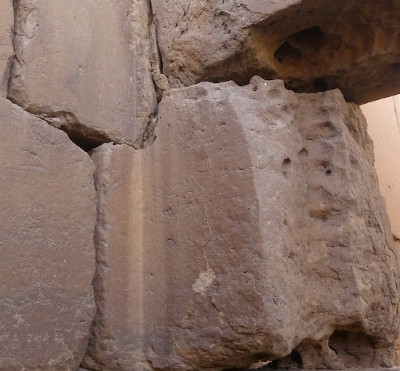
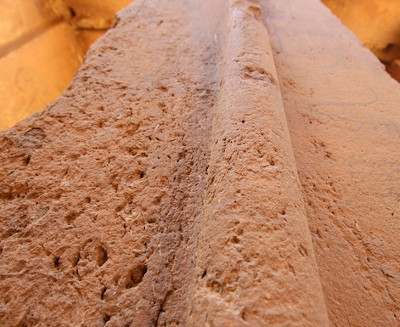
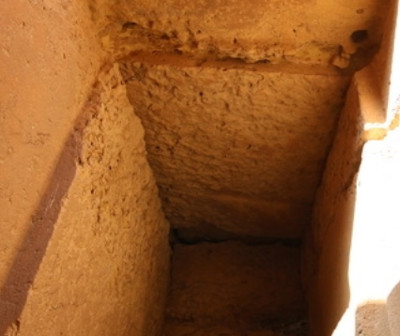

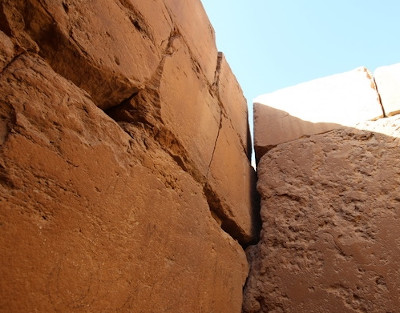
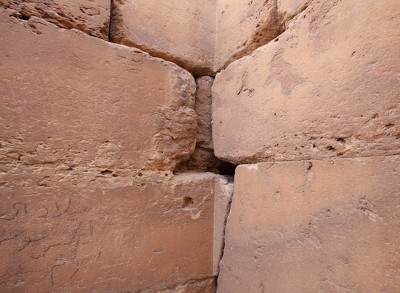
Figure 16: Damage to blocks above was caused by plasma.

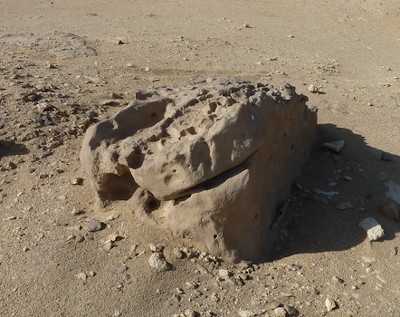
Figure 17: Cavities in these blocks are typical of plasma erosion.
The above site, called Qsar el-Sagha, is a typical AnE structure. Its construction composed of blocks with frequent off-sets, others turning corners or finished with angular sides. Obviously, stonework of this type could be done with ease, which implied the structure was prefabricated by technical means unknown. Damage to the blocks above might be ascribed to wind erosion, except wind could not reach these locations. This damage is the result of plasma. Erosion seemed to start at sharp edges and corners of the blocks. Where two edges touch it appeared to progress from the corner regardless whether vertical or horizontal. Pits and cavities, fig.17, are the same as those seen on Sardinia.
Chris Dunn's research was a wake-up call that something was seriously wrong with the Egyptian narrative, but the response has been to burn his findings. AnE and earlier cultures experienced many times the ZPA's return. Their remarkable accomplishment was to harness plasma's benefits. Suppressing plasma science is throttling a new industrial revolution. Furthermore, it will doubtless provide the means to ameliorate the Peratt environments when they return, and they will come back.
PC and the rise of oceans broke the stone and plasma dependency of antecedent cultures and allowed development of a metal based one. These events severely disrupted their small knowledge base. Surviving technology was that used in daily life like tin, copper and bronze manufacturing. Once the capacity to produce power was loss, the equipment was broken up for its metal. Without power, plasma technology ceased to have value. Surviving AnE culture probably fell victim to raids and conquests. Stone vessels became plunder to primitive tribes leaving the impression they manufactured them. AnE culture may have faded, but it did not disappear. Writing and religion survived and reemerged as AE which incorporated remaining monuments into a new culture.
The unfinished obelisk has an estimated weight of about 1168 tons. The Transport and Erection of Large Egyptian Obelisks or Engelbach Revisited, William J. Spry, Journal of the Washington Academy of Sciences, Vol. 95, No. 1 (Spring 2009)↩
Wikipedia states it took him thirty years, but that number is disinformation. He earned a living selling tickets to tourists. Tickets will not sell if there is nothing to show. Edward was assiduously ignored. He is the poster child of what happens when a cultural hostility allows an outstanding achievement to rot away.↩
As an example of his research see: Hamilton, Keith 2020/05/29 The Pyramid Complex of Senwosret III, A Layman"s Guide Part 1 10.13140/RG.2.2.30583.24489., page 16↩

